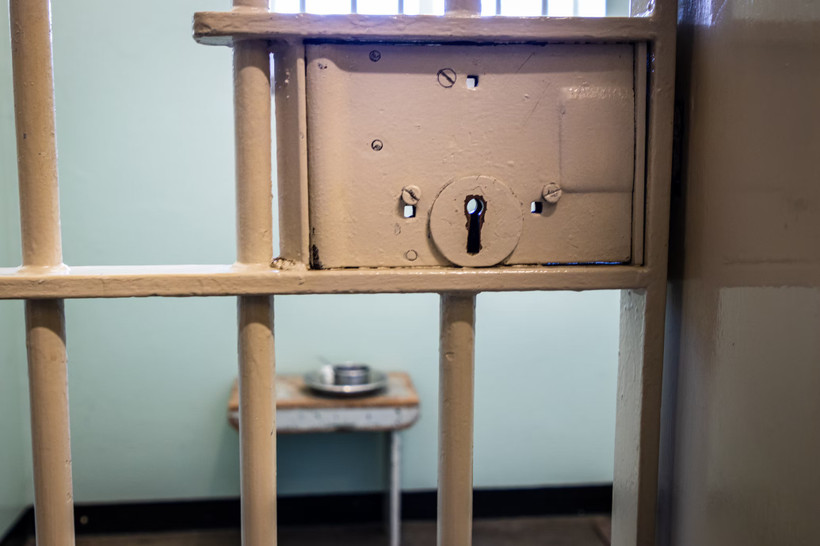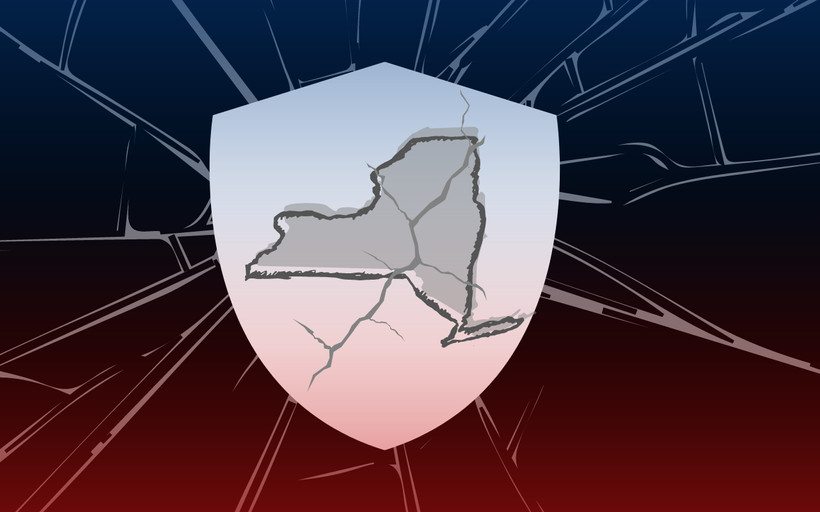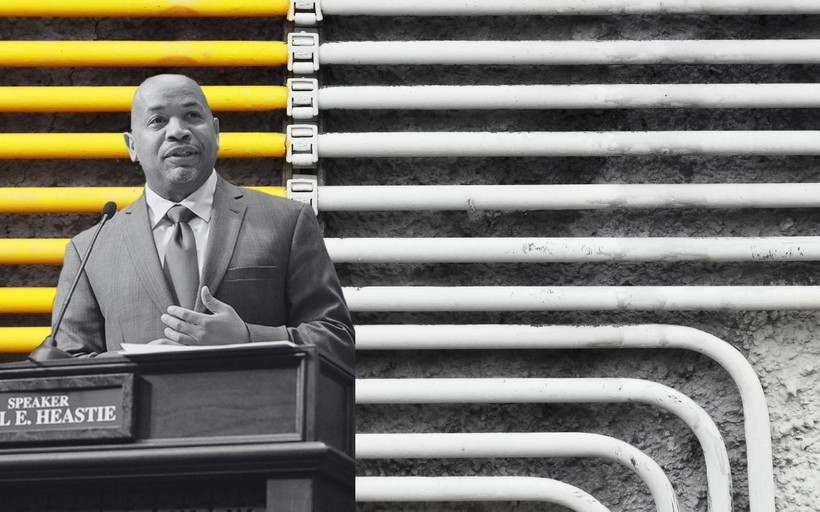Lesser Infractions Aren’t Supposed to Land You in Solitary Confinement. They Do Anyway.
New York prisons have illegally sent at least 1,100 people to solitary confinement for infractions that aren’t eligible for the punishment, a New York Focus analysis has found.

- State Prisons Are Routinely Violating New York’s Landmark Solitary Confinement Law
- Prisons Are Illegally Throwing People With Disabilities Into Solitary Confinement
- Solitary by Another Name: How State Prisons Are Using ‘Therapeutic’ Units to Evade Reforms
- New York’s Prison Chief Ordered Guards to Illegally Shackle People to Desks
- To Implement a New Law, Prisons Likely Broke Another
- Can Anyone Make New York Prisons Follow Solitary Confinement Law?
- Prison Department Writes Its Way Out of Following Solitary Confinement Law — Again
- A Law Hasn't Fixed Solitary Confinement in New York. Can a Lawsuit?

Previously unreleased disciplinary files expose officers who beat, slap, and pepper spray the residents they’re supposed to protect. Most are back at work within a month.
Local regulations haven’t kept up with the rollout of new surveillance tech. Some reformers see Washington as their best hope.
Stark disparities in access to life-saving medication for opioid addiction persist between facilities — and racial groups.
The Assembly rejected legislation that would have sped up New York’s transition away from gas.
Low-wage manual laborers can sue to make their bosses pay them weekly. Hochul’s late-breaking budget addition may undermine that right.
New York’s transparency watchdog found that the ethics commission violated open records law by redacting its own recusal forms.


